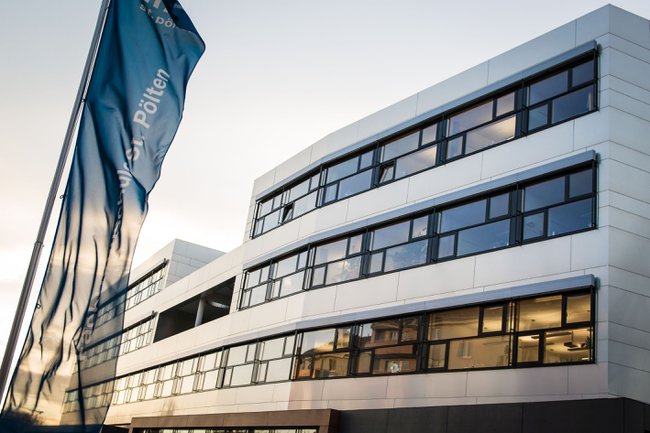Digitalisation in Everyday Life and Industry
Projects on “Social Work 4.0” and Industry 4.0
In the project “Social Work 4.0”, students investigate what big data and algorithms mean for the social economy. The results were summarised in a blog.
Digitalisation affects almost all areas of our society. This is not only accompanied by fundamental changes in economic value creation, but our everyday life and working methods are also changing. From a sociological perspective, living environments are becoming increasingly digital. The research field of social work has so far only selectively examined these aspects.
To change this, students of social work at the St. Pölten University of Applied Sciences deal with social, political and ethical issues arising from a digitalised world within the framework of the project “Social Work 4.0”. Algorithms and big data are not only specialist terms of computer science, but are already part of the basic architecture of societies.
The project deals with fundamental questions in the field of social work stemming from topics such as justice and participation, and makes a research contribution by investigating to what extent the social economy is linked to the topic of digitalisation and how digitalisation has an impact – or should have an impact – on the development of social work. The students summarise their results in a blog.
Better Overview in the Warehouse
With "Stoctopus", students in the Industry 4.0 master class have developed an intelligent warehouse management tool.
In the master class Industry 4.0, the students Lukas Bachschwell, Lionel Koller, Mathias Mayrhofer and Maria Mußner from the master degree programme Interactive Technologies created a warehouse management tool for small to medium-sized companies. The platform called "Stoctopus" provides data on the number of products in the warehouse and simplifies follow-up orders.
The programme can be used on browsers or as an app in iOS and Android: when a company receives a delivery, the barcode of the products gets scanned with a smartphone or laptop. The same applies to processing steps or sales. The stock is graphically displayed with “water bubbles” – dots in different colours. The “waterbubbles” are initially located at the bottom of the overview graphic and, as fewer products are available, rise further and change their colour.
This makes it easy to determine how many materials were needed and how many have to be reordered. The system also uses so-called RFID transmitter receivers to locate products and parts in the company.
